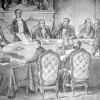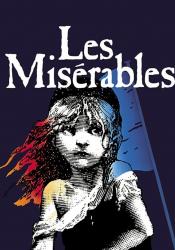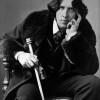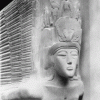Paris
Paris the capital of France and has been one of Europe’s most significant fashion, arts, and commerce centers since the seventeenth century. The city also houses some of the world’s most famous buildings, such as the Louvre, the Eiffel Tower, and Cathedral of Notre Dame de Paris. Paris was also a key city for significant historical events, such as the Age of Enlightenment and the Reign of Terror during the French Revolution.
Coordinates
Latitude: 48.856554046512
Longitude: 2.351524829865
Longitude: 2.351524829865







